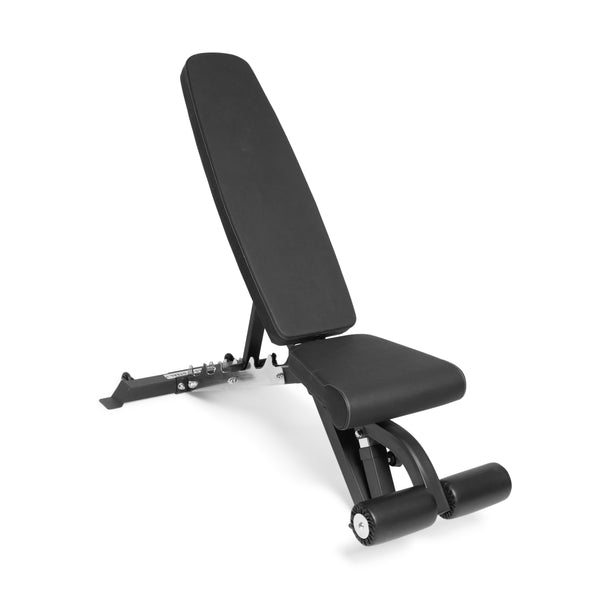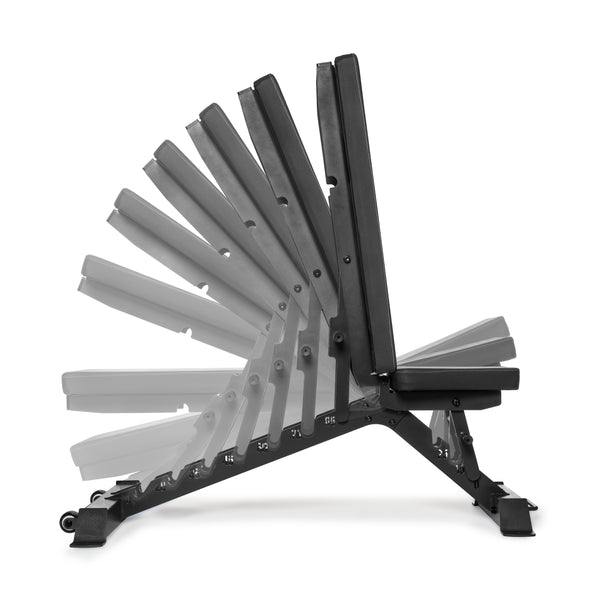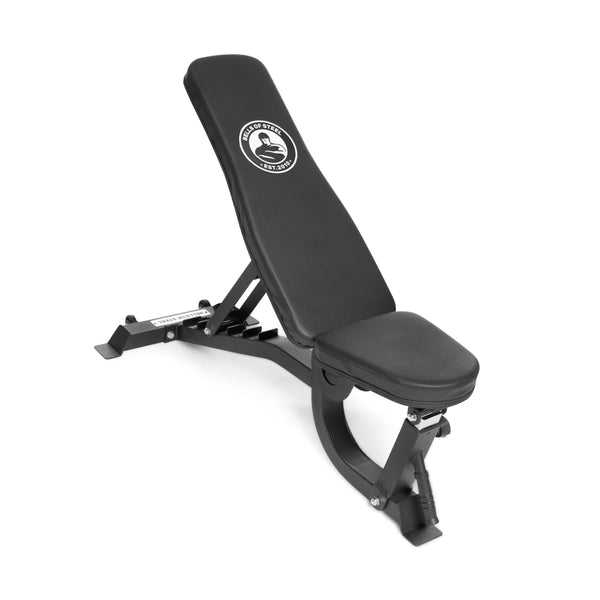If you've been hitting the gym or have even remotely dipped your toes into the world of weightlifting, chances are you've come across this infamous bench press debate: Is decline bench easier than flat bench?
This question has sparked countless arguments and led to some truly epic battles in the weight room. Well, fear not, because we’re here to settle the score once and for all! Let’s cut right to the chase — yes, decline bench is easier than flat bench.
Now, before all the flat bench purists start sharpening their pitchforks, let me explain why a decline bench is indeed easier.
NOTE: There is an underlying assumption here which assumes that you’ve got enough practice on the decline bench press exercise that your skill on it matches the skill of your flat bench press. This is key, as it makes the movements easier to compare.When you perform the decline bench press, the range of motion is significantly reduced compared to the flat bench.
You don't have to lower the bar as far down to your chest, which means less distance for the bar to travel. This reduction in range of motion can be a real game-changer, especially when you're pushing those heavyweights.
Assuming you used the same weight on both lifts, the decline bench press would be easier because the same weight is moved a shorter distance. The same general rule applies for a full squat versus a half squat, and a deadlift from the floor versus a deadlift from stackable pull blocks.The decline bench press is easier than the flat bench because it involves your lower pectoral muscles more and your shoulder muscles less.
As you lower the barbell towards your lower chest, the angle of the bench targets your lower pecs, giving it a good ol' dose of attention. This is a large muscle group, so it’s understandable that they can produce more force as a result.
However, the decline bench angle also uses your shoulders less, which was a smaller muscle group anyways and not able to produce as much force as the pecs. Lastly, the decline bench offers an improved leverage position. The angle of the bench allows you to engage your muscles more efficiently, putting you in a prime position for lifting heavier weights.
Compared to the flat bench press, it's like having a secret power-up that boosts your strength and makes those weights feel lighter. Who wouldn't want that?
Now, I can already hear the skeptics mumbling about the potential drawbacks of the decline bench. But let's be honest, in the grand scheme of things, these concerns are nothing but feeble attempts to discredit the clear benefits of this exercise. So, next time you step foot into your home gym or local commercial gym, cast aside your loyalty to the flat bench and give the decline bench press a chance.
Your shorter range of motion, more active lower pecs, and superior leverage position will thank you. Remember, it's not about taking the easy way out — it's about working smarter, not harder!




